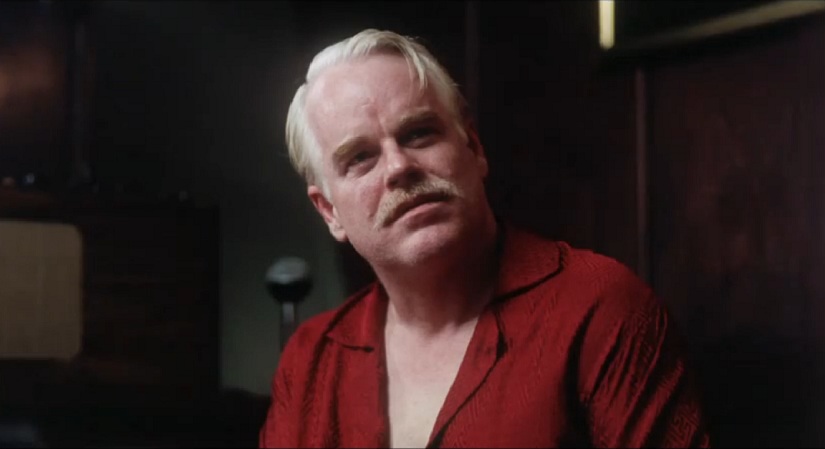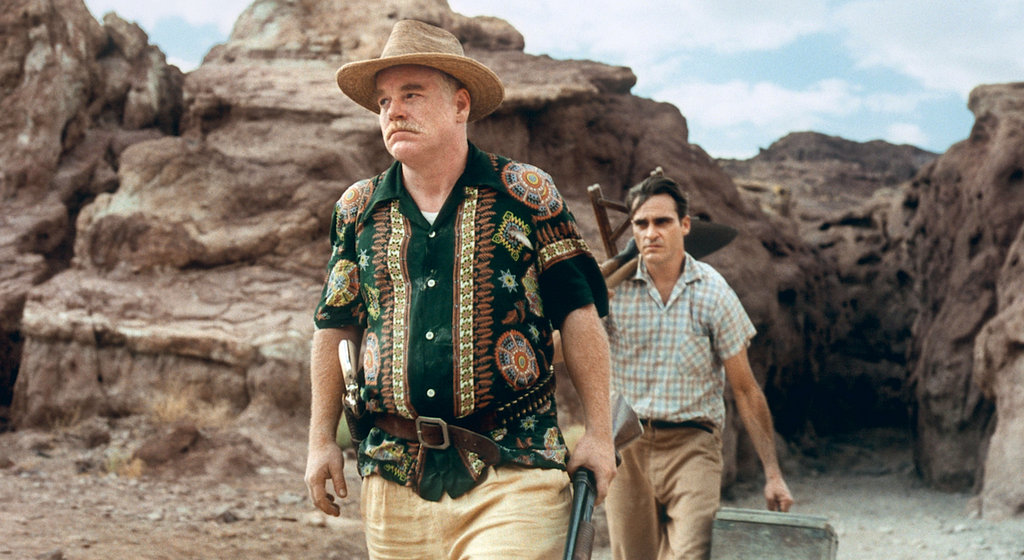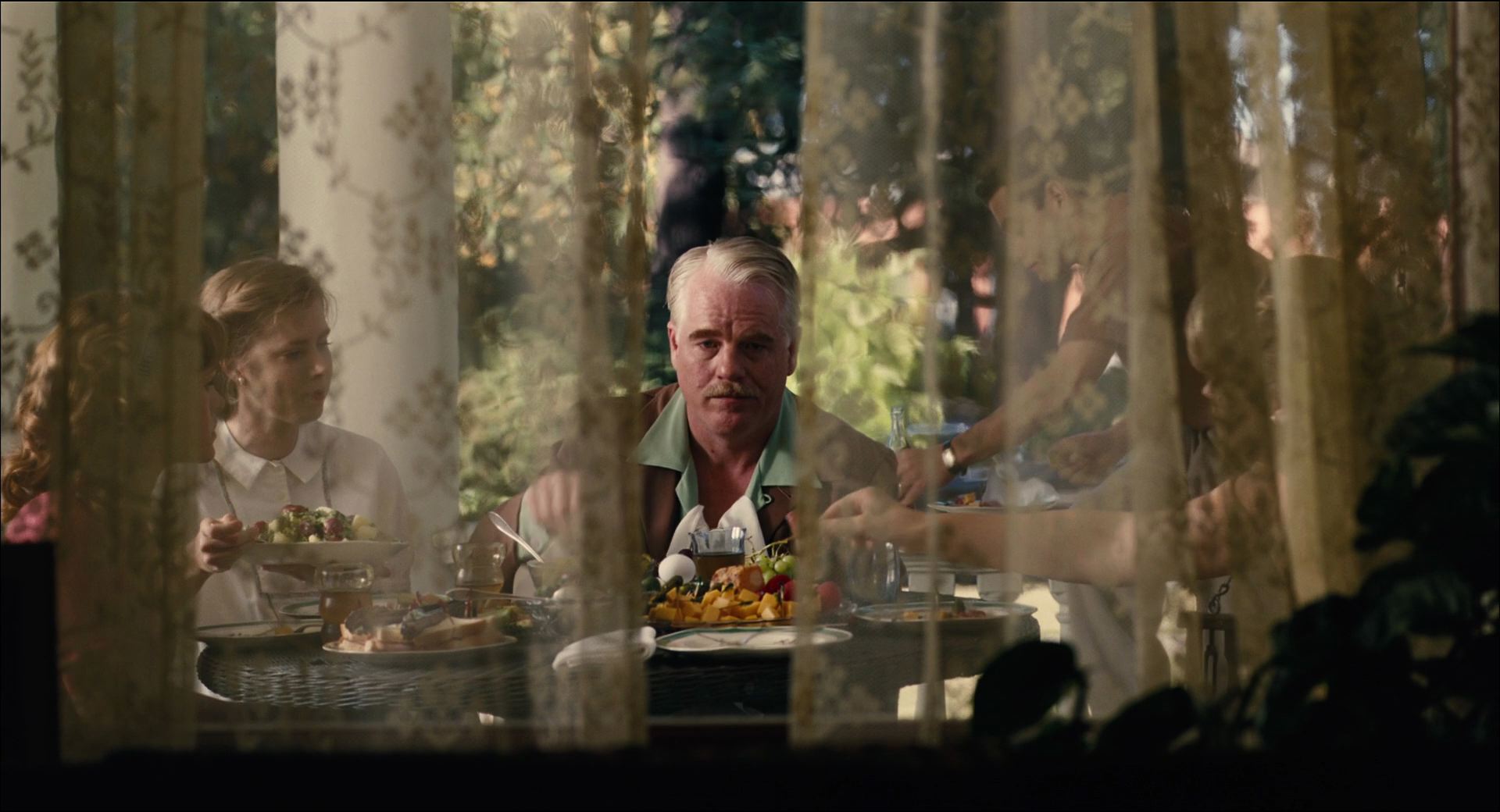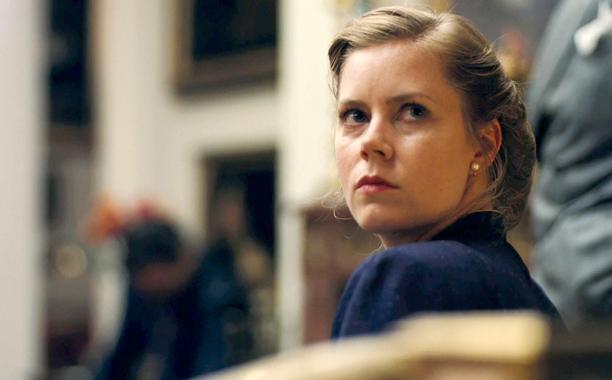4. A Tasteful and Artistic Discussion on Cults

People rush to describe The Master as a film loosely based on the origins of Scientology. Such is not the case; The Master is a film about a War Vet stumbling through Baby Boomer America, isolated not in his disillusionment but silently isolated nonetheless. Scientology happens to be going on in the background of Freddy, and that is why the film works so well.
There may be preachy films about the dangers of cults and how they can ruin and threaten lives – this is not one of them. This is a dissection of posttraumatic stress disorder, of addictive personalities, and a discussion on an era where self-expression was off limits.
To completely vilify ‘The Cause’ instead of let viewers come to their own conclusions would be tacky and unoriginal. The Master is perhaps the most meaningful explanation of why people would join a movement like Scientology. The decision to make sense of the phenomena and not attack it is bold, confident, and like the film, out there.
But Anderson uses ‘The Cause’ to build rich characters we can all connect with – we fall under the intriguing spell of Lancaster Dodd from the moment he ‘Processes’ Freddy for the first time, after bearing a near half hour of Freddy’s misery. We embrace the motherly affection of Amy Adams’ Peggy. The no-strings-attached opportunity to experience the warmth of a cult is oddly freeing, and Anderson gives us permission to indulge in the experience.
5. Jonny Greenwood’s Mystic Score

Collaborating with Anderson for the second time, Radiohead’s Jonny Greenwood wrote the score for The Master, lending something spectacular to an already near perfect film.
The switching back and forth between loud and soft, many instruments to one, major chords to minor chords generates a sense of suspicious optimism, of something that could be either a carrot or a stick. The flowing, stringy score fits perfectly with the film, and tragically received no major awards.
Greenwood’s score not only complements the magical realism of the America Anderson chooses to explore, but also naturally fits in the cult environment in all its intentional weirdness. The string instrument quick flourishes could almost be used in a horror film, and yet somehow they fit with this one.
6. Immersive Production Design

PTA is one of the greatest world-building directors of our time; from the shaggy 1970s LA Porn Industry he recreates in Boogie Nights, to turn-of-the-century oil rich California countryside utilized in There Will Be Blood, and even the simplistic, bittersweet Los Angeles of Magnolia and Punch Drunk Love, he knows how to build a world for his characters to inhabit.
The world created for The Master, littered with a baby boomer aesthetic, is hands down one of his best. Scenes inhibit Pacific navy locations, the Mohave desert, barren landscapes, booming cities, big mansions, polite lounge areas, quiet interrogation rooms – somehow everything feels controlled, elevated, and mastered.
The film’s production design is so immersive it generates a kind of synesthesia. In the ‘Pick a Point’ scene, where Dodd, Freddy, his daughter and her husband take turns riding a motorcycle in the remote, deeply cracked Mohave desert, the sound of Dodd’s whooping cries and of the motorcycle zooming over the dried sand floor collaborate with the natural imagery to put us there, in the rush of the moment – as if we can feel the beads of sweat that slide down each characters face on our own cheeks.
In a drastically different scene, in which Dodd tries ‘Processing’ on Freddy for the first time – a kind of interrogation where Freddy is told not to blink and to be 100% honest while Dodd assaults him with questions – we feel the intensity so organically and as a product of setting.
The small, black room it takes place in creates genuine claustrophobia, and yet the two acting powerhouses have enough room to knock it out of the park. Both aforementioned scenes neglect to use any score, instead relying on the allure of silence, whether it pairs with a grand desert or the smallest of black rooms.
7. Paul Thomas Anderson Pulling The Strings

The Master is a film that doesn’t waste a single shot, where everything feels intentional to some extent. Any and all praise of the film should mention the man behind it all, Paul Thomas Anderson.
The sense of control spread out over the film, summed up when Dodd himself says “every man needs a master” is imposed by the auteur – whether he’s here to tell us he has everything under control or it’s just the impression we get, Anderson wonderfully imbues every frame with thematic and visual richness.
The film itself glimmers with personality. It may very well be the black sheep of Anderson’s filmography, shot on a dead medium, one of his least seen works, saturated with ironies and contradictions. The quirky imagery of the sandy sex girl, the symmetry and frequent use of pseudo-perfection – one pictures an enthused Anderson laughing in delight at such wild sights and beings.
Another round of applause is due to Anderson for getting the best work from his actors – he’s not concerned with giving anyone the spotlight, he lets all his actors work for it, and they all have earned moments that aren’t force fed to the audience in any way.
Finally, Anderson displays an eagerness to work not for anyone’s affection but to pursue honesty and insight, and to play with the very notion of what a film can be. One of the greatest directors of our time, The Master is a telling demonstration of Paul Thomas Anderson’s far-reaching talent.